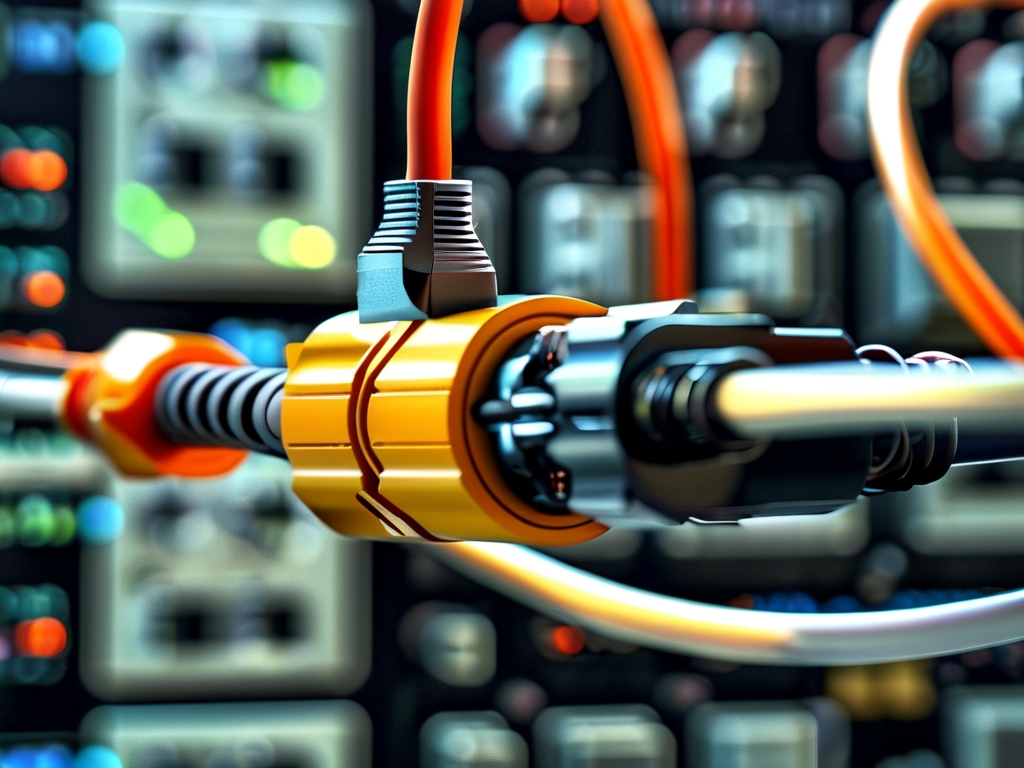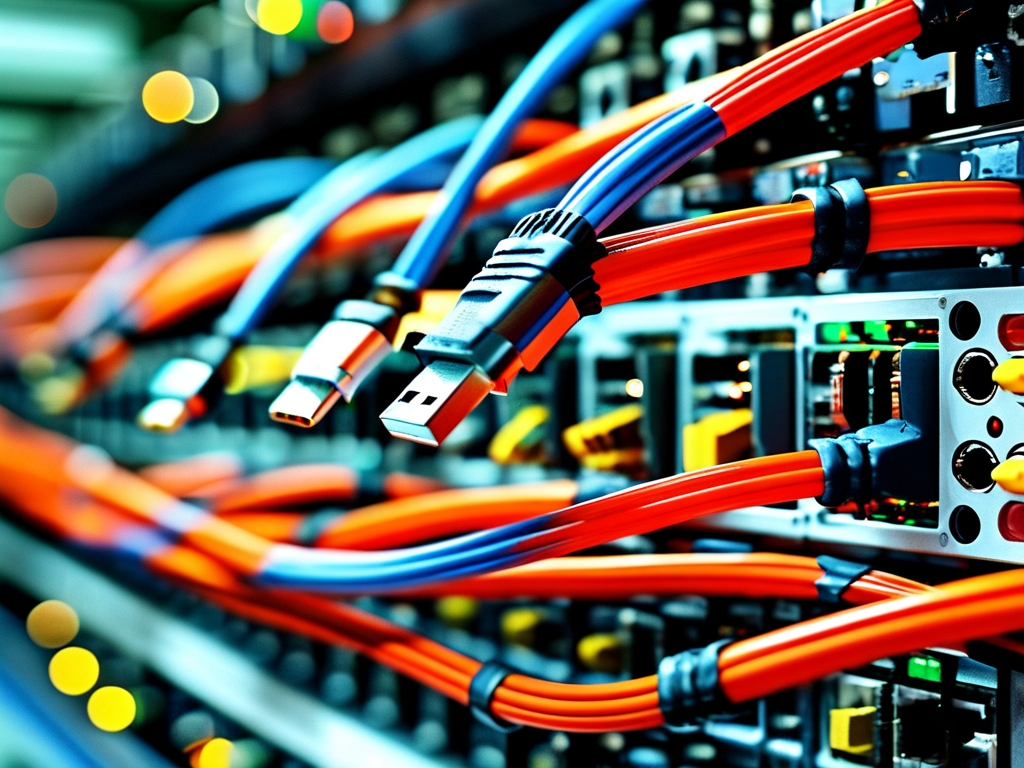The cable industry has long been the backbone of global connectivity, enabling telecommunications, power distribution, and data transmission across vast networks. In recent years, embedded development has emerged as a transformative force for cable companies, empowering them to optimize operations, enhance reliability, and deliver cutting-edge solutions. This article explores how embedded systems are revolutionizing the cable sector, focusing on key applications, challenges, and future trends.
The Role of Embedded Systems in Cable Companies
Embedded systems—specialized computing devices designed to perform dedicated functions—are increasingly integrated into cable infrastructure. Unlike general-purpose computers, these systems are optimized for real-time processing, energy efficiency, and durability, making them ideal for harsh industrial environments. For cable companies, embedded development enables:
- Smart Grid Management: Embedded controllers monitor power flow, detect faults, and reroute electricity in real time, minimizing downtime in power cable networks.
- Fiber-Optic Network Optimization: Embedded sensors in fiber cables collect data on signal integrity, temperature, and physical stress, allowing predictive maintenance.
- Automated Manufacturing: Robotics and embedded systems streamline cable production, ensuring precision in insulation thickness, conductor alignment, and quality control.
Key Applications of Embedded Development
1. Intelligent Fault Detection
Cable failures—whether in power lines or data networks—can lead to costly outages. Embedded systems equipped with machine learning algorithms analyze electrical patterns and environmental data to predict failures before they occur. For example, a European cable manufacturer reduced outage rates by 40% after deploying embedded sensors that detect insulation degradation caused by humidity.
2. IoT-Enabled Cable Networks
The Internet of Things (IoT) relies heavily on embedded devices. Cable companies now embed IoT modules directly into cables or junction boxes, enabling remote monitoring and control. In smart cities, such systems manage traffic lights, streetlights, and public Wi-Fi, all interconnected via advanced cable networks.
3. Energy Efficiency in Power Cables
High-voltage power cables generate significant heat, reducing efficiency and lifespan. Embedded cooling systems with thermal sensors and micro-actuators dynamically adjust cooling rates, improving energy transfer by up to 15%. This innovation is critical as renewable energy sources like offshore wind farms require long-distance undersea cables.
Challenges in Embedded Development for Cable Systems
Despite its benefits, integrating embedded systems into cable infrastructure presents hurdles:
- Complexity of Legacy Systems: Many cable networks operate on decades-old equipment incompatible with modern embedded technologies. Retrofitting requires careful planning to avoid service disruptions.
- Security Risks: Connected embedded devices are vulnerable to cyberattacks. In 2022, a ransomware attack on a North American cable provider disrupted 10,000+ IoT-connected devices. Robust encryption and zero-trust architectures are essential.
- Regulatory Compliance: Cable companies must navigate strict standards (e.g., IEEE, IEC) for safety and interoperability, slowing deployment cycles.
Solutions and Best Practices
To address these challenges, leading cable companies adopt the following strategies:
- Modular Embedded Designs: Using modular hardware and software components allows gradual upgrades without overhauling entire systems.
- Edge Computing: Processing data locally on embedded devices reduces latency and cloud dependency, crucial for real-time applications like autonomous grid management.
- Cross-Disciplinary Collaboration: Partnerships with semiconductor firms, software developers, and cybersecurity experts accelerate innovation. For instance, a joint venture between a cable giant and an AI startup produced embedded controllers that cut manufacturing defects by 30%.
Future Trends in Embedded Development
The next decade will witness groundbreaking advancements:

- AI-Driven Predictive Analytics: Embedded systems will leverage generative AI to simulate cable network behavior under extreme conditions, enabling proactive risk mitigation.
- Quantum-Resistant Encryption: As quantum computing threatens current security protocols, embedded systems will adopt post-quantum cryptography to safeguard critical infrastructure.
- Self-Healing Cables: Researchers are developing cables with embedded microcapsules that release healing agents when cracks form, extending lifespan without human intervention.
Embedded development is reshaping the cable industry, bridging the gap between traditional infrastructure and the demands of a digitalized world. By embracing embedded systems, cable companies can achieve unprecedented levels of efficiency, reliability, and innovation. However, success hinges on overcoming technical and regulatory challenges while investing in next-generation technologies. As connectivity becomes ever more vital, the companies that master embedded development will lead the charge toward a smarter, more resilient future.










